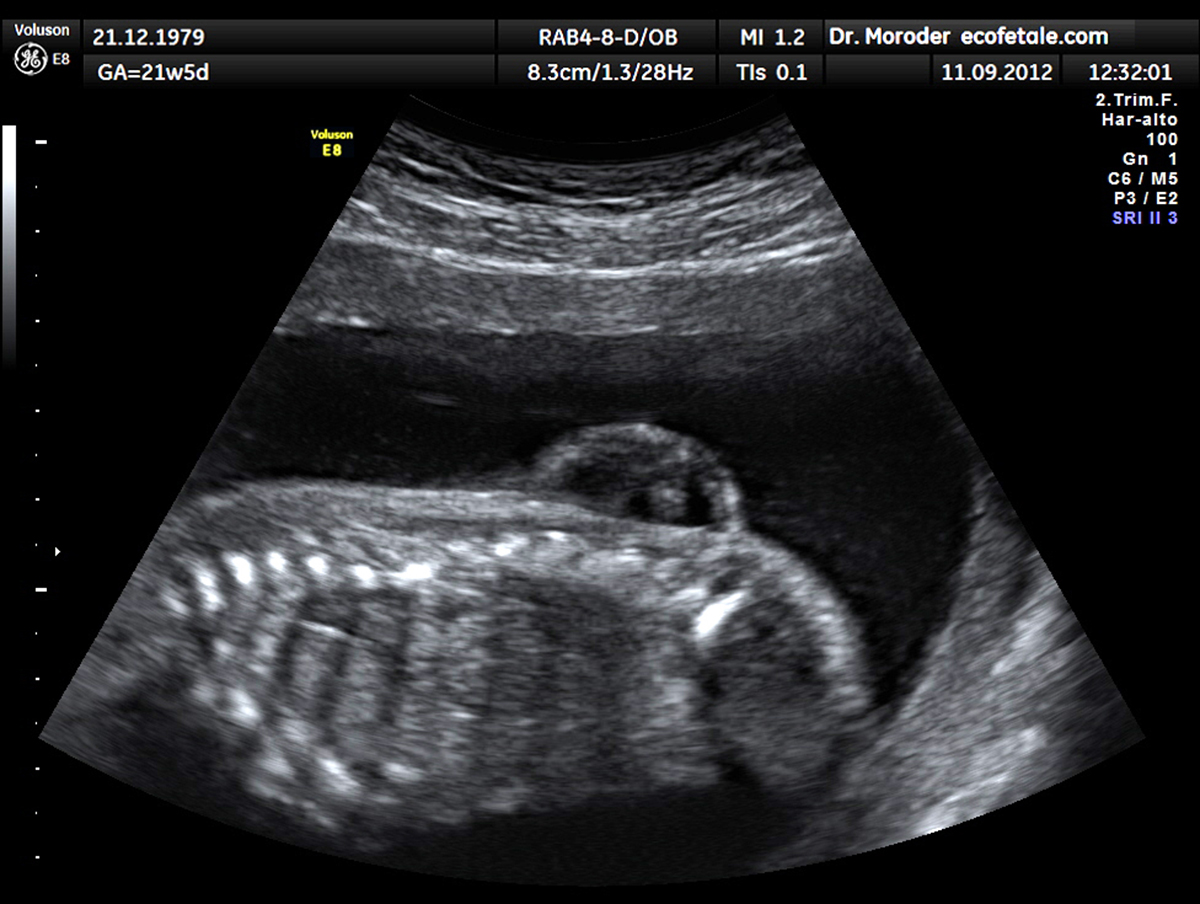
Spina bifida is a developmental congenital type of disorderwhich occurs when the embryonic neural tube does not get closed completely. Itsname actually stands for split spine in Latin. This happens when some vertebraedo not get fully formed so they remain option. Due to all of that, certain portionsof the spinal cord then protrude through the openings. Another medical problemcommonly associated with spina bifida is anencephaly which is characterized bythe cerebrum which does not get closed. Some cases of spina bifida also involveencephalocele in which certain parts of the brain do not get fused. In mostcases, spina bifida occurs in the sacral and lumbar areas of the spine. Themain cause of spina bifida is the failure of the neural tube to close duringthe first month of embryonic development. There are also certain commoncontributing factors which may lead to the development of spina bifida and thoseinclude electric blankets, hot tubs, fever, increased body temperature,obesity, having a relative with spina bifida, diabetes and certain types ofmedications such as anticonvulsants. The exact causes are largely unknown, butaccording to various scientific studies, spina bifida is most likely linked tointeractions between multiple genes and certain types of environmental factors.Research has show that folic acid supplements can be very efficient in reducingthe risk of neural tube defects by as much as 70 percent. Out of all differenttypes of birth defects, spina bifida is one of the most common as it affects upto 0.7 cases per 1000 live births. It affects white people much more than itdoes affect black people, but the Irish immigrants are definitely thosecharacterized by the highest incidence. Another peculiar fact is that spinabifida occurs in female infants much more often than in the male ones.
Classification of SB
There are four different types of spina bifida. The mildestof them all is the occulta, which means hidden in Latin. In this type the splitin the vertebrae is rather small so the spinal cord cannot protrude. In mostcases it is completely asymptomatic and it can only be diagnosed by spinalX-rays. Some cases of spina bifida occulta may be associated with painfulsensations. Another type of spina bifida is spina bifida cystica, characterizedby a cyst which protrudes through the defected vertebral arch. It is notuncommon for this type of spina bifida to lead to the development of variousneurological deficits and hydrocephalus. Meningocele is the leasy common formof spina bifida, also known as posterior meningocele. In this type of medicalcondition, the vertebrae get developed normally but the meninges get forcedinto the gaps which are normally located between the vertebrae. The most commoncauses of posterior meningocele include bony defects with outpouching ofmeninges, the Currarino syndrome, tumors of the presacral space, tumors of thesacrococcyx and teratoma. Meningocele may occurs at the base of the skull aswell, and there also endonasal meningoceles which occurs at the roof of thenasal cavity. The fourth and probably the most serious type of spina bifida iscalled myelomeningocele. It is characterized by a spinal cord which protrudesthrough an unfused portion of the spinal column. It is commonly associated witha certain degree of paralysis and a loss of sensation below the level of thedefect.
Signs and symptoms
Spina bifida can easily be characterized by certain types ofsymptoms which can be divided into three categories. The physical complicationscommonly associated with spina bifida include skin irritations, pressure sores,latex allergies, poor renal function, urinary tract infections, urinaryincontinence, bowel control problems, bladder control problems, scoliosis, hip dislocation,club foot, other orthopedic abnormalities, paralysis and leg weakness. Spinabifida may also be associated with certain types of neurological complicationssuch as the hydrocephalus which is characterized by abnormal accumulation ofthe cerebrospinal fluid in the brain ventricles. One should not forget the factthat spina bifida may be related to certain types of social complications.Children who suffer from this dreadful medical condition are commonly morepassive in social situations and are often socially immature. These socialcomplications tend to last into the child’s adulthood.
Prevention
It is impossible to prevent spina bifida in any way, atleast not entirely. It can be prevented to a certain degree by taking dietarysupplements with folic acid. The best food sources of folic acid include driedbeans, fortified breakfast cereals, whole grains, leaf vegetables and variousdifferent types of fruit. It is largely recommended for all women who plan tobecome pregnant to ingest at least 0.4 milligrams of folic acid per day on aregular daily basis from at least three months before the actual conception allthe way until the first 12 weeks of pregnancy have passed.


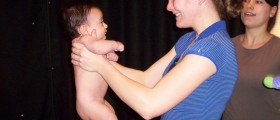

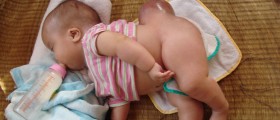
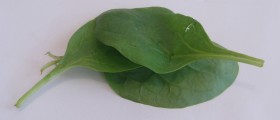




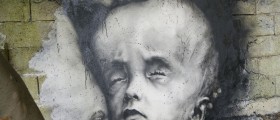

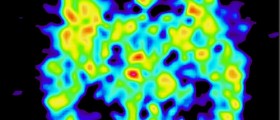


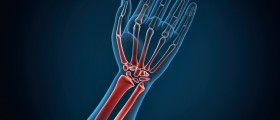
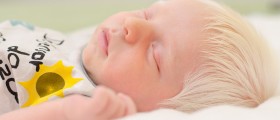
Your thoughts on this
Loading...